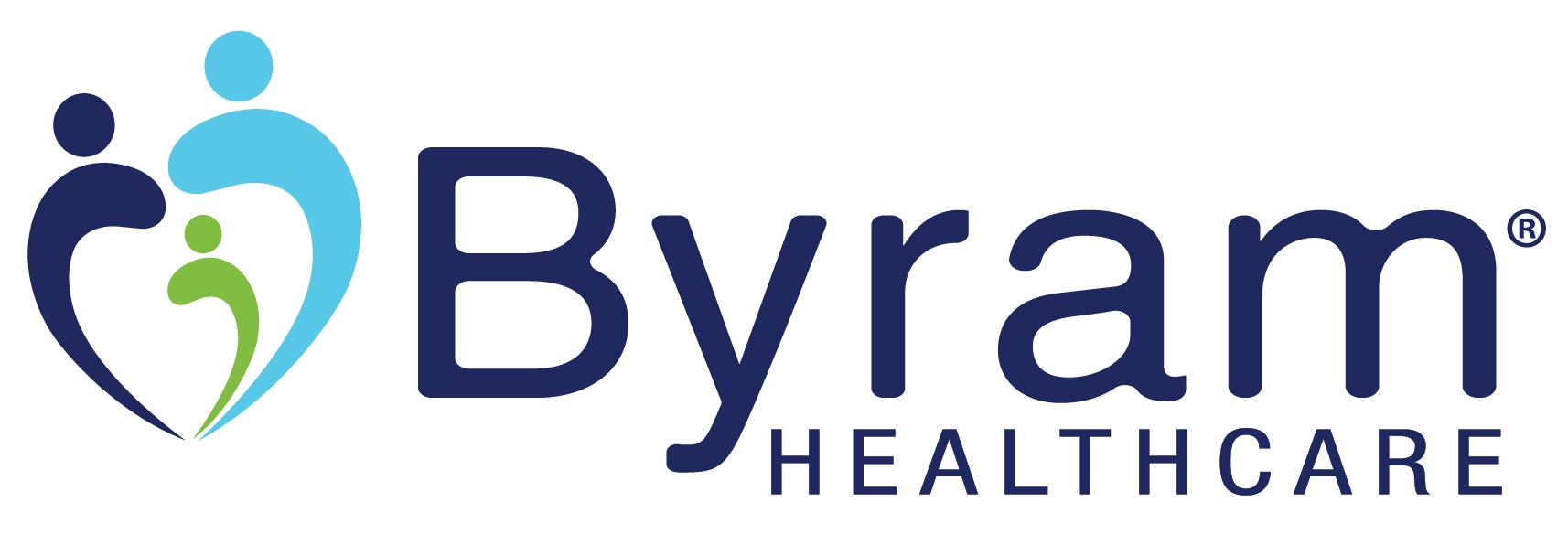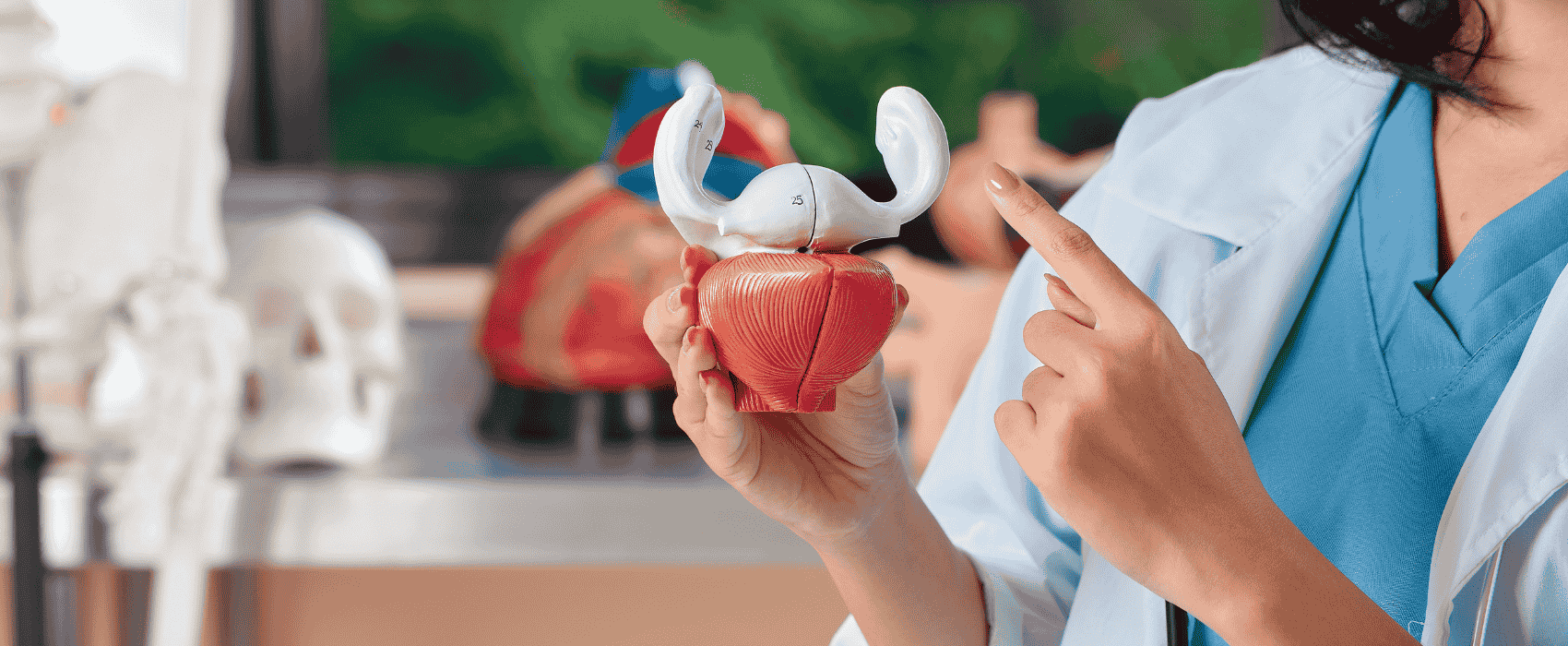
Interstitial cystitis (IC) is defined as the presence of pain, pressure, or a general sense of discomfort localized in the bladder. This leads to increased frequency of urination accompanied by an ongoing urgency. Interstitial cystitis is commonly known as painful bladder syndrome and while some people may experience short bouts of these symptoms, IC is only diagnosed if they are present for six weeks or longer. While anyone can experience interstitial cystitis, it’s far more prevalent in women. To help limit ongoing pain and reduce the symptoms associated with IC/PBS, there are a plenty of treatment options for managing interstitial cystitis.
10 Ways to Manage Interstitial Cystitis
Since there are no direct diagnostic tests for painful bladder syndrome, your doctor will need to rule out other causes. This usually begins with testing for infection through urinalysis and STI panels then through cystoscopy, biopsy, and more. If you doctor determines that your symptoms are due to interstitial cystitis, don’t worry. While the diagnosis can be unpleasant, there are options to alleviate your pain and improve your quality of life. Here are 10 ways to manage interstitial cystitis.
- Behavioral Modification
Our lifestyle choices have a substantial effect on how our body functions. By making a few simple lifestyle changes, you may find that your interstitial cystitis subsides or becomes far more bearable. Try to be mindful of how the food you eat affects your IC/PBS. If you notice something triggers a flare up of symptoms, eliminate it from your diet. Stay properly hydrated throughout the day and avoid bladder irritants. If you smoke, quit. Smoking can irritate the bladder and worsen your symptoms.
It’s also important to properly manage your stress levels. While stress doesn’t directly cause interstitial cystitis, it can worsen your symptoms. Incorporate relaxation techniques into your daily schedule and be mindful of your days. Getting adequate exercise will also help to manage interstitial cystitis.
Another way to manage your interstitial cystitis is to be proactive with your behaviors. Plan ahead if you’re going to be intimate or travel, since both can trigger a flare up. Prior to engaging in intimacy, consider taking a pain-reliever and use lubricant to avoid any unnecessary discomfort. After sex, soak in a bath and utilize an ice pack to reduce the chances of a flare up in the days following. If you’re going to be traveling, make sure that you’re familiar with restroom locations when you go somewhere new and consider carrying a portable bathroom for emergencies. Bring comfortable pillows to avoid friction when sitting for long periods of time and consider packing some extra supplies or wearing absorbent underwear.
- Physical Therapy
For those who are suffering from ongoing pain, there are options to work with a physical therapist. While you don’t usually equate bladder problems with physical therapy, there are specific exercises and measures that can be done to help relieve muscle tenderness that you may be feeling. Physical therapy can also help alleviate pain that’s associated with your restrictive connective tissue and strengthen pelvic floor muscles.
Kegels can be a great way to gain more control of your bladder, strengthen muscles, and alleviate certain levels of pain. There are several sites online that describe how to perform kegels, but unfortunately, it’s difficult to know if you’re doing them correctly. A physical therapist can use biofeedback to help you better understand if you’re targeting the correct muscles. It may seem a little unorthodox, but physical therapists who specialize in painful bladder syndrome are a great way to manage your symptoms.
- Bladder Training
Another non-invasive way to manage your interstitial cystitis is through bladder training. Bladder training is the gradual process of helping your bladder hold and retain more urine. This can help you manage the urgency symptom of IC/PBS. Begin by writing down all of the times you urinate throughout a given day. This gives you an understanding of your current bathroom habits. Then, gradually begin to increase the time between feeling the urge to urinate and voiding. This can help you increase time between urination, thus reducing lifestyle disruptions. However, if at any point you feel pain, discontinue holding and use the bathroom.
- Pain Management
Some people who are diagnosed with interstitial cystitis will encounter periods of time where the symptoms subside or aren’t as severe. Similarly, some people experience periods of flare ups where the pain levels can increase suddenly and drastically. If you’re experiencing heightened levels of pain, there are a few things you can do to manage while the flare up passes. If your doctor has approved certain pain relievers, take the prescribed dosage at the onset of your pain. Otherwise, use over-the-counter pain relievers as needed.
Give yourself permission to stop your day and take some time to rest. Soaking in a warm bath can help to alleviate pain. You can also cycle through using cold packs and heating pads on the perineum to see which alleviates the pain more effectively. Make sure that you stay hydrated and drink water to dilute your urine and always call your doctor if the pain becomes too severe to handle.
- Oral Medications
If behavioral modifications or physical therapy don’t help curb the symptoms of your interstitial cystitis, your doctor may recommend trying oral medications. There are a few different types that can be used and your treatment plan will likely depend on the severity of your condition.
- Nonsteroidal Anti-Inflammatory Drugs – this includes over-the-counter medications to help with pain management. In mild cases, regularly taking these will allow you to eliminate symptoms that affect your life. If you need stronger pain medications, discuss your options with your doctor.
- Tricyclic Antidepressants – antidepressants can actually help to relax the muscles in your bladder and block certain neural pathways of pain. Tricyclic antidepressants can help improve pain and reduce frequent urination in those suffering from IC.
- Antihistamines – certain antihistamines can have positive effects on IC symptoms such as reduced urgency, lower frequency, and more.
- Pentosan Polysulfate Sodium – this medication has been approved by the FDA to treat interstitial cystitis, but the intricacies of how it works remains unclear. It requires a few months to work and seems to help strengthen the inner lining of the bladder and protect it from irritation.
- Botulinum Toxin A Injections
Certain people suffering from interstitial cystitis have found that botulinum toxin A injections help to strengthen the lining of the bladder and reduce symptoms. Talk to your doctor about the risks associated with regular injections to determine if this is something that will work for you.
- Nerve Stimulation
Nerve stimulation can help regulate the bladder and reduce disruptions to your lifestyle. While they’re more targeted at alleviating urgency and frequency instead of pain reduction, some patients experience relief.
- Transcutaneous Electrical Nerve Stimulation (TENS) – this type of nerve stimulation uses electrical pulses to help increase blood flow, strengthen muscles, and relieve pain. The electrical nerves are stimulated through wires place on your lower back or near your pubic area.
- Sacral Nerve Stimulation – this type of nerve stimulation targets the sacral nerve, which lies between the spinal cord and bladder nerves. This treatment can help reduce urgency but does not affect pain levels.
- Bladder Distention
Bladder distention is the process of stretching the bladder using water. This can help increase the amount of urine your bladder holds and therefore reduce severity of urgency or frequency. There are a few ways to perform this procedure, so discuss your options with your doctor.
- Bladder Medications
If you’d prefer not to take oral medications, there are options for medications that are inserted directly into your bladder. Dimethyl sulfoxide (DMSO) is inserted directly into your bladder using a catheter, held for 15 minutes, and then urinated out. This can help decrease pain associated with interstitial cystitis, reduce inflammation, and treat any infections in the bladder. For the best results, you’ll likely need weekly treatments for six to eight weeks and then maintenance treatments moving forward. Sometimes, DMSO is mixed with other medications to help alleviate pain.
- Surgery
When the above treatment options don’t provide enough pain relief or your interstitial cystitis is still disrupting your life, there are surgical options. While surgery is rarely used to manage IC/PBS, it is necessary in certain situations. Surgical options include fulguration, resection, and bladder augmentation. Discuss each procedure with your doctor to better understand the risks vs. rewards prior to moving forward.
To help aid in the proper management of your interstitial cystitis, or any other urologic condition, review the urology product catalog at Byram Healthcare today.




